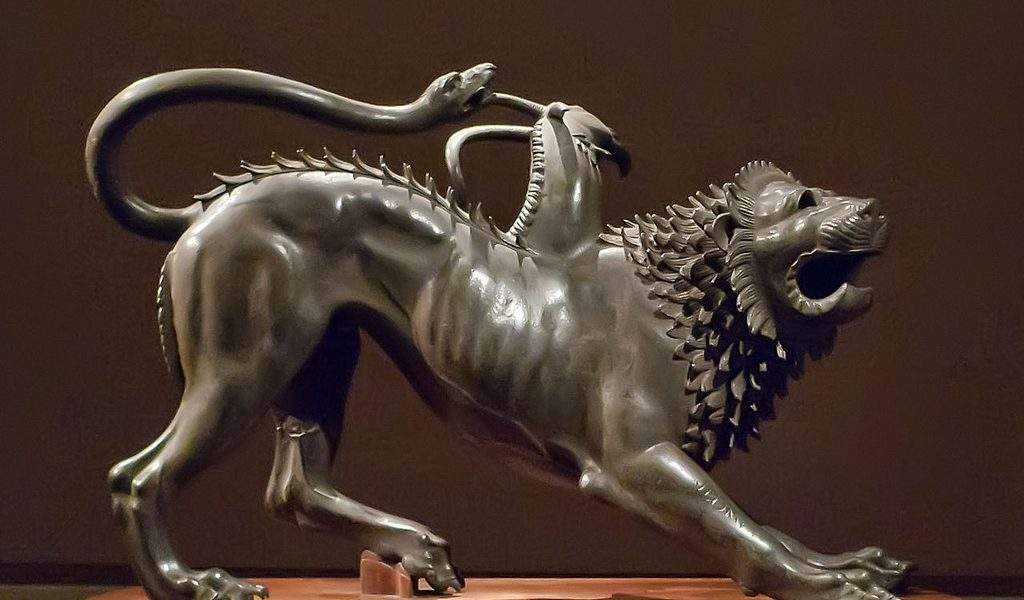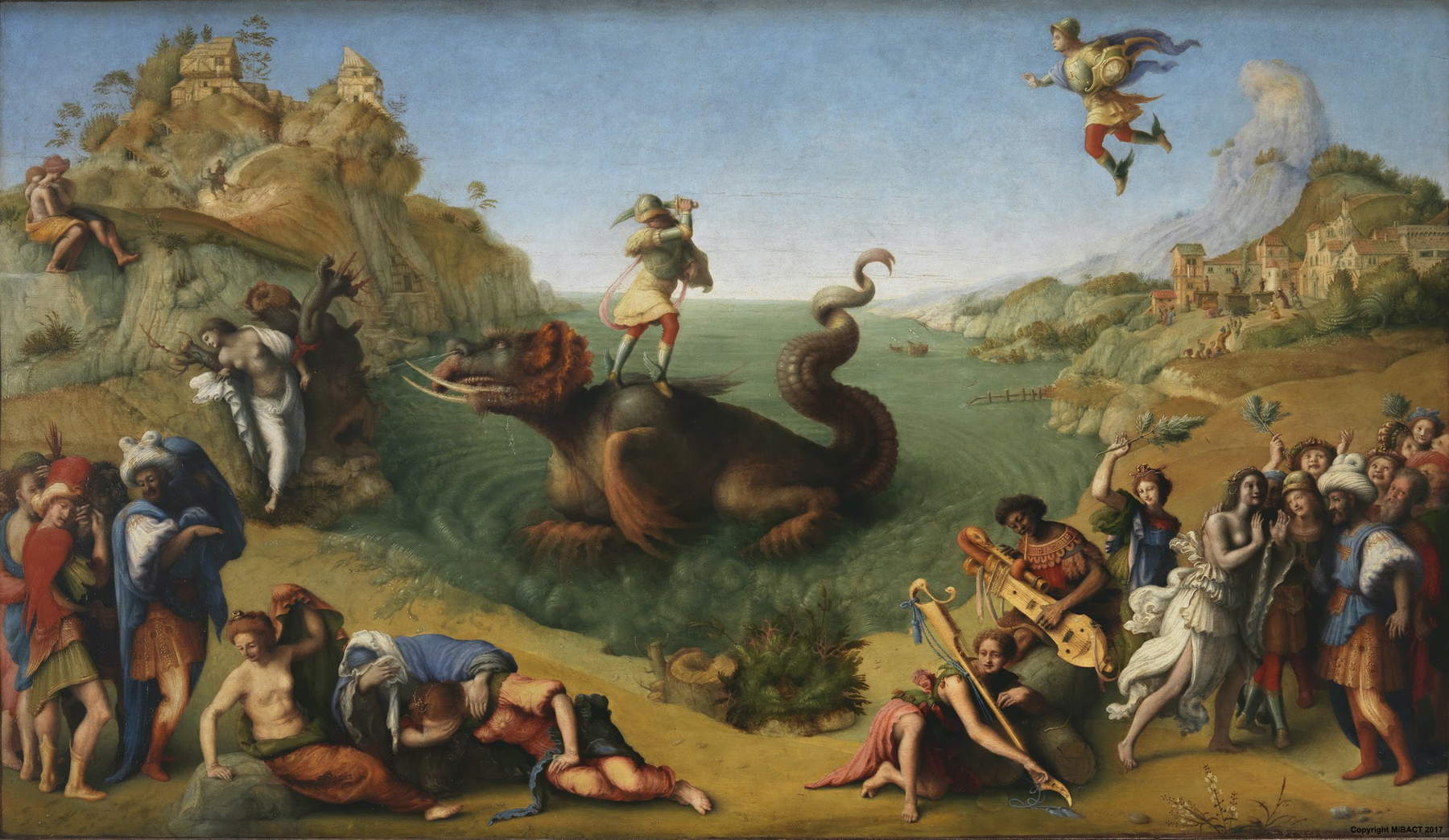It is not uncommon to find represented in works of art, including paintings, drawings and sculptures, fantastic animals and creatures that seem to have come out of some current film saga of the fantasy genre, but which are actually the result of the pictorial or sculptural skills of artists of the past, even going back centuries. Starting from antiquity to the Renaissance through the Middle Ages, many artists have in fact populated their works with animals that come from the mythological, literary and ancient bestiary worlds. So you may wonder, where is it possible to find these works? In some Italian museums for sure.
In this regard, if you are curious, from next week we will publish on our pages, in collaboration with the Ministry of Culture, a series of articles, one for each region of our peninsula, dedicated precisely to this theme, that is, to the animals and fantastic creatures found in state museums throughout Italy.
For example, they will discuss the famous Etruscan bronze known as the Chimera of Arezzo, a cross between a lion, a goat and a snake, preserved at the National Archaeological Museum in Florence, and the Head of Medusa kept at the National Roman Museum. People will learn about the great seven-headed beast frescoed in the Pomposa Abbey and the sculptural group dating back to the first century AD depicting a Nereid, a sea nymph, riding a pistrice, a legendary snake-tailed sea monster, preserved at the MANN - National Archaeological Museum in Naples. And again, the great sea monster about to hurl itself at Andromeda in the painting in the Uffizi Galleries in which Piero di Cosimo depicted the liberation of the maiden by Perseus, and the statue of Hercules killing the Hydra of Lerna kept at the Capitoline Museums in Rome. Then it’s on to the National Museum of Castel Sant’Angelo, where a painting by 16th-century painter Luca Longhi depicting a young woman with a unicorn is kept. Also in Rome, at the National Gallery of Modern Art, Giorgio De Chirico’s The Struggle of Centaurs is on view. If you visit the Pinacoteca Nazionale in Bologna, on the other hand, you will find yourself in front of the painting with St. George and the Dragon by the 14th-century Bolognese painter Vitale da Bologna, while part of the collections of Palazzo Madama in Turin is the statuette depicting theHarpy, a creature with a woman’s face and a bird’s body, and from the collection of the Museo Civico Archeologico in Milan is an amphora with Theseus and the Minotaur whose fight, according to myth, took place in the famous Labyrinth. And many many more.
So follow us on this journey from North to South to discover the fantastic animals in the works of Italian state museums! It will be an opportunity to learn about this original aspect and to visit the museums with your family, in the company of your children, having fun together in complete safety, in compliance with all the rules of access provided.



 |
| Discovering fantastic animals in Italian museums |
Warning: the translation into English of the original Italian article was created using automatic tools. We undertake to review all articles, but we do not guarantee the total absence of inaccuracies in the translation due to the program. You can find the original by clicking on the ITA button. If you find any mistake,please contact us.